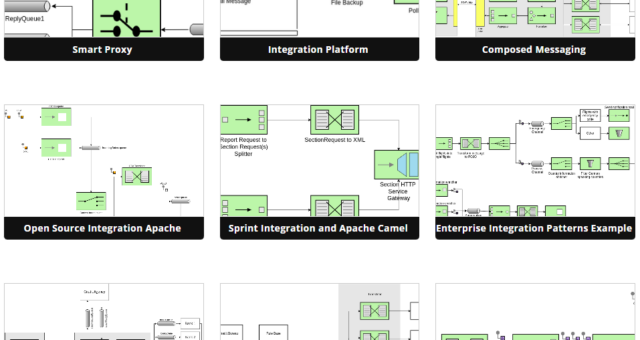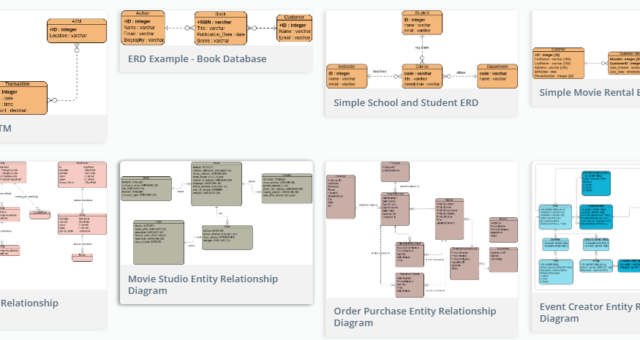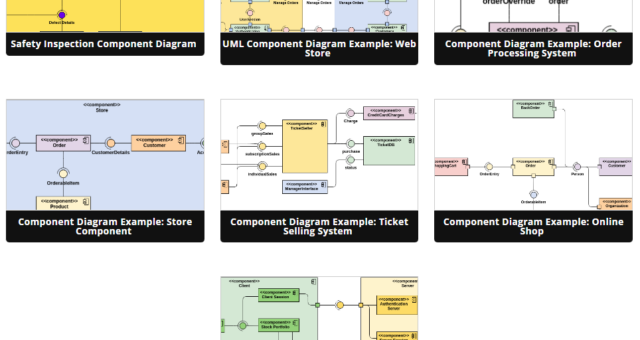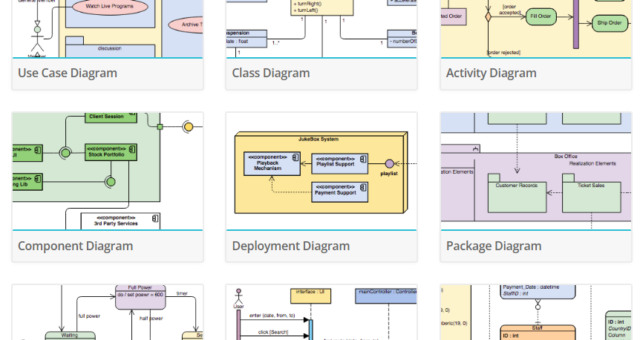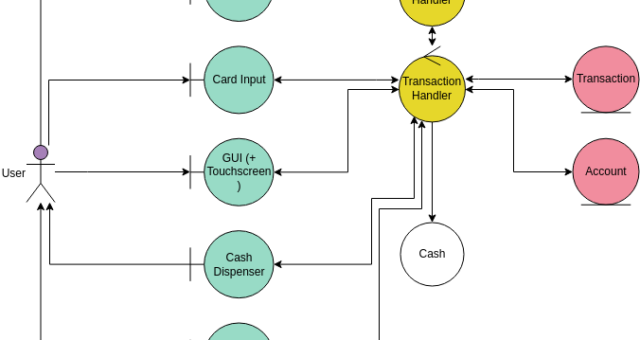Beginner’s Guide to Enterprise Integration Patterns (EIP) Diagrams
Introduction Enterprise Integration Patterns (EIP) provide a set of guidelines and best practices for integrating different software systems and applications within an enterprise. These patterns help organizations create efficient, reliable, and maintainable integration solutions. To help you understand and apply EIP effectively, this beginner's guide will introduce you to EIP diagrams and how you can learn by using a large collection of templates available in Visual Paradigm Online. Understanding Enterprise Integration Patterns (EIP) EIP was introduced in the book written by Gregor Hohpe and Bobby Woolf, which outlines 65 patterns for enterprise application…continue reading →

